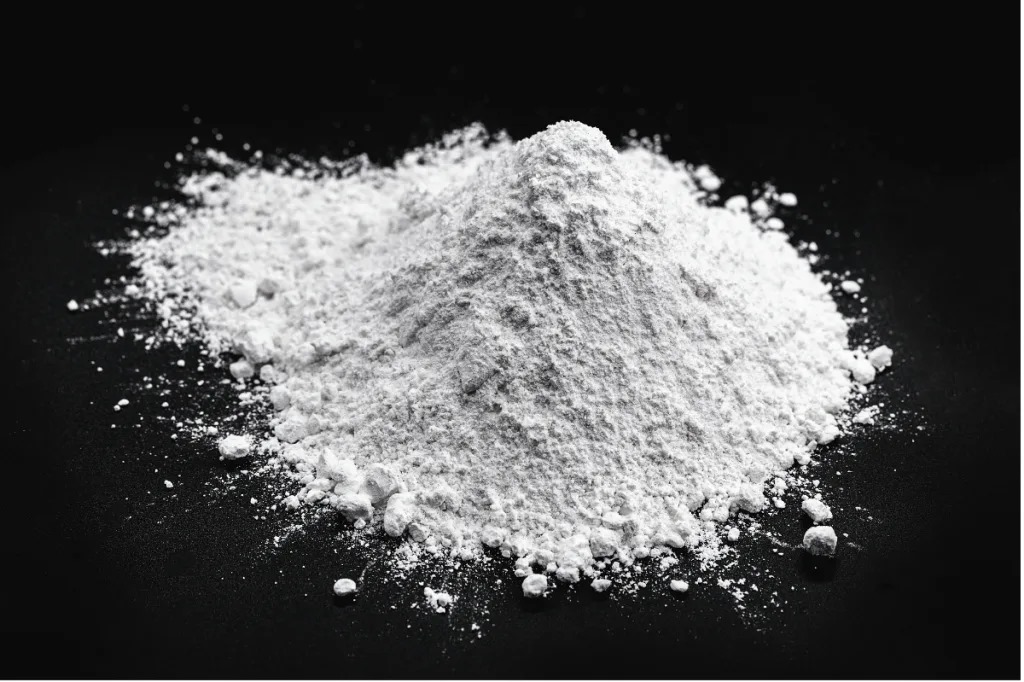Introduction
Cellulose ethers are a versatile class of chemical compounds derived from natural cellulose, modified through chemical reactions to enhance their solubility, stability, and performance in various industrial and consumer applications. As one of the most important derivatives of cellulose, Cellulose ethers play a critical role in industries such as pharmaceuticals, food, construction, personal care, and coatings. Understanding the chemistry of cellulose ethers is essential for manufacturers, formulators, and researchers to fully harness their potential. This article explores the structure, production process, properties, and applications of cellulose ethers, shedding light on why they are indispensable in modern industrial processes.
The Origin and Structure of Cellulose Ethers
Cellulose, the primary raw material for cellulose ethers, is a natural polymer found in the cell walls of plants. It consists of glucose units linked by β-(1→4) glycosidic bonds, forming long chains. The chemical modification of cellulose involves replacing some of the hydroxyl groups (-OH) with ether groups (-OR), resulting in cellulose ethers. This substitution enhances water solubility, thermal stability, and chemical resistance while maintaining the polymer’s biocompatibility and biodegradability. Different types of cellulose ethers—such as methyl cellulose (MC), hydroxyethyl cellulose (HEC), hydroxypropyl methylcellulose (HPMC), and carboxymethyl cellulose (CMC)—are created by varying the substituent groups and degrees of substitution.
The Chemistry Behind the Modification Process
The production of cellulose ethers begins with highly purified cellulose extracted from wood pulp or cotton linters. This cellulose is treated with an alkaline solution, typically sodium hydroxide, to activate the hydroxyl groups. The activated cellulose is then reacted with etherifying agents such as methyl chloride, ethylene oxide, propylene oxide, or monochloroacetic acid. The reaction introduces specific ether groups into the cellulose backbone, altering its physical and chemical characteristics. Controlling reaction conditions such as temperature, pH, and concentration ensures the desired degree of substitution (DS) and molecular weight, both of which influence the performance of cellulose ethers in various applications.
Key Physical and Chemical Properties
Cellulose ethers are valued for their unique combination of properties. They exhibit high water solubility, viscosity-building ability, film-forming characteristics, and stability over a wide pH range. Many cellulose ethers are non-ionic, making them compatible with a variety of other ingredients, including salts, surfactants, and polymers. They also provide excellent thermal gelation, meaning they can form gels upon heating—a property especially useful in food and pharmaceutical formulations. Furthermore, cellulose ethers are biodegradable and non-toxic, making them an environmentally responsible choice for manufacturers.
Applications of Cellulose Ethers in Different Industries
Construction Industry
In construction, cellulose ethers are essential additives in cement-based mortars, tile adhesives, plasters, and joint fillers. They improve water retention, enhance workability, and extend open time, allowing for better adhesion and application quality. Hydroxypropyl methylcellulose (HPMC) and methyl hydroxyethyl cellulose (MHEC) are particularly popular due to their balance of thickening, stabilizing, and binding properties.
Pharmaceutical Industry
In pharmaceuticals, cellulose ethers serve as binders, film-coating agents, and controlled-release agents in tablets and capsules. HPMC and HEC are widely used for their biocompatibility, non-toxicity, and ability to regulate drug release. Their water solubility and pH stability make them suitable for a broad range of formulations.
Food Industry
Cellulose ethers act as thickeners, stabilizers, and emulsifiers in food products such as sauces, ice creams, bakery goods, and beverages. They improve texture, mouthfeel, and shelf life while meeting safety standards for food-grade additives. Carboxymethyl cellulose (CMC) is especially valued for its ability to stabilize emulsions and prevent crystallization in frozen products.
Personal Care and Cosmetics
In personal care products like shampoos, lotions, and toothpaste, cellulose ethers enhance viscosity, stabilize emulsions, and improve the sensory feel of formulations. They help maintain product consistency while providing a smooth, pleasant application experience.
Coatings and Paints
In paints, cellulose ethers act as rheology modifiers, helping control flow, leveling, and sag resistance. They also improve water retention and prevent pigment settling, ensuring uniform coverage and durability.
Environmental and Sustainability Aspects
One of the most significant advantages of cellulose ethers is their origin from renewable plant-based cellulose. They are biodegradable under appropriate environmental conditions, reducing the ecological footprint compared to synthetic polymers derived from petrochemicals. Manufacturers are continually improving production methods to minimize energy consumption, reduce chemical waste, and develop greener etherification processes. The demand for sustainable and eco-friendly additives positions cellulose ethers as a preferred choice for industries aiming to meet environmental regulations and consumer expectations.
Future Trends in Cellulose Ethers Development
The future of cellulose ethers lies in innovation and customization. Researchers are exploring ways to create advanced cellulose ethers with tailored properties for specific applications, such as enhanced bioactivity for pharmaceuticals or superior thermal resistance for construction materials. With growing global interest in sustainability, cellulose ethers will likely see increased adoption in biodegradable packaging, eco-friendly coatings, and green construction materials. Emerging markets are also expected to drive higher demand as industries seek cost-effective, high-performance, and environmentally responsible solutions.
Conclusion
Cellulose ethers are a remarkable class of compounds that combine the natural benefits of cellulose with enhanced chemical properties achieved through etherification. Their versatility, safety, and performance make them indispensable across industries ranging from construction and pharmaceuticals to food and cosmetics. With increasing emphasis on sustainability and innovation, cellulose ethers are poised to play an even greater role in the future of material science and industrial manufacturing. By understanding their chemistry, manufacturers can better optimize formulations, improve product quality, and contribute to more sustainable and eco-friendly industrial practices.
